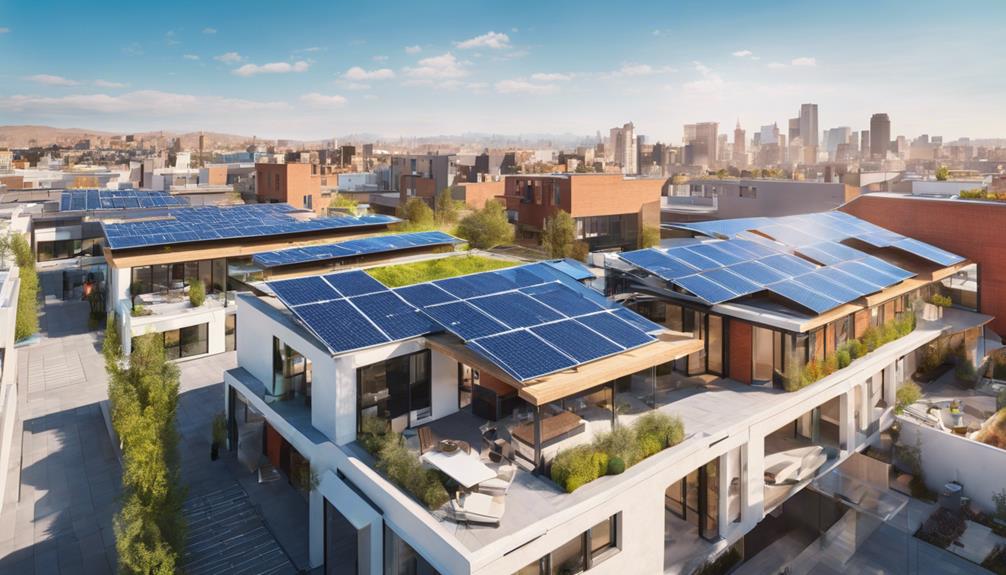
Introduction to Lego Solar Panels: A Creative Energy Solution
In today’s world, where sustainability and renewable energy are at the forefront of innovation, the concept of a Lego solar panel emerges as a fascinating intersection of play and energy education. Lego, the beloved construction toy, has always encouraged creativity and imagination, and now it steps into the realm of renewable energy. This blog post will explore the various aspects of Lego solar panels, their benefits, and how they can be a fun and educational tool for children and adults alike.
What are Lego Solar Panels? Understanding the Concept
Lego solar panels are miniature solar energy systems designed using Lego bricks and components. These panels mimic the functionality of traditional solar panels but are built as a playful and educational module. Typically, they include small photovoltaic cells, which convert sunlight into electricity, and can be connected to Lego constructions to power small devices or lights. This innovative approach not only showcases the principles of solar energy but also emphasizes the importance of renewable resources in a hands-on manner.
The Benefits of Using Lego Solar Panels for Education
One of the most significant advantages of incorporating Lego solar panels into educational settings is their ability to engage students in STEM (Science, Technology, Engineering, and Mathematics) learning. By building their own solar panels, students can grasp complex concepts related to energy conversion and sustainability. Additionally, these projects foster critical thinking and problem-solving skills as children experiment with different designs and configurations. Furthermore, Lego solar panels encourage teamwork and collaboration, making them an excellent choice for classroom activities or group projects.
How to Build Your Own Lego Solar Panel System
Creating your own Lego solar panel system is an exciting project that anyone can undertake. To get started, you’ll need a few essential components: Lego bricks, a small solar cell, wires, and a multimeter. Begin by constructing a sturdy base using Lego bricks to support the solar panel. Next, attach the solar cell securely to the base, ensuring it faces upward for maximum sunlight exposure. Connect the wires from the solar cell to a small motor or LED light to visualize the energy produced. This hands-on activity not only develops building skills but also reinforces the principles of solar energy generation.
Integrating Lego Solar Panels into Renewable Energy Discussions
Lego solar panels can serve as a powerful tool in discussions about renewable energy and its impact on the environment. By using these models, educators can illustrate the concept of clean energy and its advantages over fossil fuels. Classroom discussions can cover topics such as the greenhouse effect, climate change, and the importance of reducing our carbon footprint. Additionally, students can explore the real-world applications of solar energy, examining how it powers homes, schools, and even vehicles. This integration of play and education can inspire future generations to think critically about energy consumption and sustainability.
Popular Lego Solar Panel Kits and Resources
For those interested in delving deeper into the world of Lego solar panels, several kits and resources are available. Companies like Lego Education offer specific sets designed to teach students about renewable energy through hands-on projects. These kits often include solar cells, motors, and various building materials, making it easy to create functioning solar-powered models. Online resources, including tutorials and videos, can further enhance the learning experience. By utilizing these kits and resources, enthusiasts can explore the endless possibilities of Lego solar panels while gaining a solid understanding of solar technology.
Real-Life Applications of Solar Energy: From Lego to Reality
The principles learned from building Lego solar panels can be applied to real-world scenarios, where solar energy plays a crucial role in our quest for sustainability. In recent years, the adoption of solar technology has surged, with numerous homes and businesses opting for solar panel installations. This shift not only reduces energy costs but also contributes to a cleaner environment. By understanding how solar panels work through Lego play, individuals can become more informed consumers and advocates for renewable energy in their communities. The journey from Lego solar panels to actual solar installations exemplifies the power of education in driving change.
Conclusion: The Future of Lego Solar Panels and Renewable Energy Education
Lego solar panels represent an exciting and innovative way to introduce the concepts of renewable energy and sustainability to people of all ages. By engaging with these playful models, individuals can develop a deeper understanding of solar energy’s potential and its importance in our modern world. As we continue to seek sustainable solutions for energy consumption, Lego solar panels will undoubtedly remain a valuable educational tool. Embracing this playful approach to learning can inspire a new generation of environmentally conscious thinkers and innovators, paving the way for a brighter, greener future.
By incorporating Lego solar panels into educational curriculums and personal projects, we can not only enhance creativity but also instill a sense of responsibility towards our planet. As we play, learn, and build, we are shaping the future of energy—one Lego brick at a time.





